After nine illustrious years at the helm, Bob Paisley bid farewell to Liverpool in 1983 the only way he knew how; with silverware.
The year 1982 saw Britain enter a conflict with Argentina over a small island in the South Atlantic, while the Prime Minister’s son went missing in the Sahara. Delorian – the makers of that car in Back to the Future– went out of business, the UK Government was preparing to sell off all of the family jewels and Liverpool FC continued to fill their trophy room with silver.
The country may have been going to the dogs as far as Scousers were concerned, but at least their team was continuing to conquer all before it. The Reds had ended the 1981/82 season as league champions and Bob Paisley was making a mockery of his self-doubts about taking over from Bill Shankly back in 1974. He was nine years into a reign at Anfield that had delivered unprecedented success. As the squad assembled for pre-season training in July, the boss had already led the club to five league titles, three European Cups, two League Cups, a UEFA Cup, a European Super Cup and (not that anyone was counting them) five Charity Shields.
This was the year that Olivia Newton-John wanted to get Physical, Joan Jet loved rock and roll and the Steve Miller Band sang Abracadabra. At Anfield, the magic that many thought would end with the departure of Shankly had now become a never-ending story. However, Bob was now 63 years of age. He had been at the club since joining as a player in 1939. This would be his final season as manager, and it would end, as seasons under Bob so often did, with trophies, accolades and with Paisley the benchmark for all who followed him.
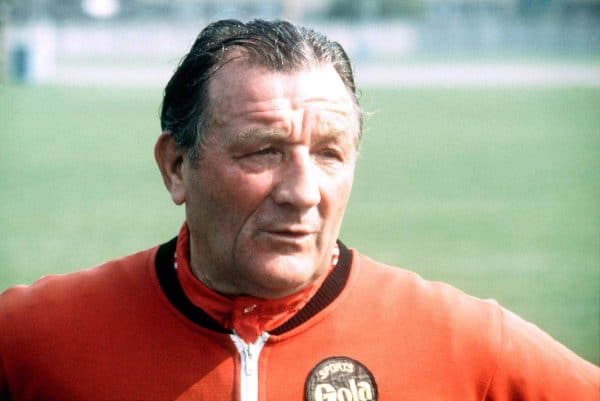
The 1982/83 season would also herald the departure of Terry McDermott and David Johnson, both leaving for their former clubs; Newcastle and Everton respectively. Players like David Fairclough, Howard Gayle and Steve Ogrizovic also said goodbye before the season ended. Arriving that summer for a fee of £450,000, was an England U21 striker, David Hodgson. Known for his pace, if not his goals to game ratio, Hodgson made 37 appearances for the Reds that season and scored nine goals. Four of those strikes came in his first six games. Sadly, he wouldn’t establish himself in the first team in the years to come and eventually moved on at the end of 1983/84.
Another notable signing was a young Irish left-back called Jim Beglin. Beglin and a youthful Steve Nicol would have to learn their trade in the Central League before becoming Liverpool’s first choice fullbacks in the mid-80s. For now, though, those positions were held proudly by Alan Kennedy and Phil Neal. Alongside the likes of Phil Thompson, Alan Hansen and Mark Lawrenson they formed an almost impenetrable shield in front of the unorthodox, sometimes comical and nearly always effective Bruce Grobbelaar. The Reds would concede just 37 goals in a 42 game season, and only 16 of them at home – with 19 clean sheets in total.
Their defensive prowess would likely have been more impressive had Liverpool not wrapped the title up so early. With six games to go, Paisley’s Reds simply put their feet up, a factor that contributed to them losing five of those matches and conceding 11 goals.
The Reds’ midfield boasted the now established stars of Graeme Souness and Sammy Lee and the burgeoning talent of a 21-year-old Ronnie Whelan. Meanwhile, this would be also something of a breakthrough season for Craig Johnson, who had signed for Liverpool in 1981. ‘Skippy’ would manage 47 appearances, scoring 10 times. Ahead of them, was creme de la creme of striking partnerships, Kenny Dalglish and Ian Rush.
Rush and Dalglish managed 51 goals between them in all competitions that season. However one of the most impressive aspects to this side was the spread of goals throughout the team. The midfield regularly did their bit, contributing 31 goals, while event the defence did its bit for the cause.
Phil Neal was ruthless from the spot and free-kicks and managed an incredible 11 goals from the right-back position. Meanwhile, on the left of the backline, Alan Kennedy scored six. The team were a machine and their goal difference at the end of the season was +50. To put that into context, second-place Watford recorded +17, while Manchester United and Everton could manage only +18.
Hard as this may be to believe, as good as the stats were, the football at times was even better. Continuing to set pulses racing was Dalglish, who had by now become a Kop icon of epic proportions. On a personal level, this was a stellar season for the number seven, as he would scoop both the PFA Player of the year and the Football Writer’s Player of the Year awards.
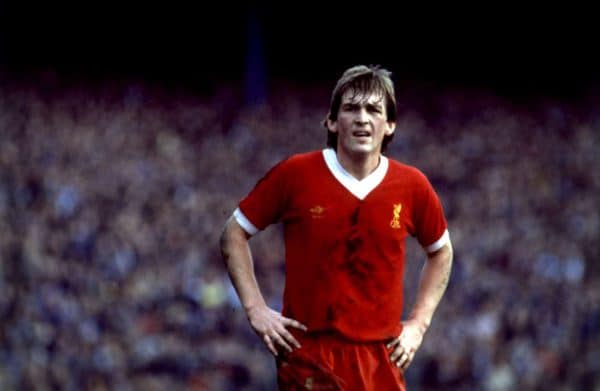
Having won the league the previous season, the Reds would kick off the 82/82 campaign against FA Cup winners, Spurs, in the Charity Shield at Wembley. A crowd of 82,500 watched the Reds ease through the game comfortably. Rush grabbed the winner on the half-hour mark and that’s how it stayed. The press would declare that English football had been put on ‘Red Alert,’ three wins and two draws in the opening five games was enough to catapult Liverpool to the top, but that only tells half the story.
Amongst those five matches were two barnstorming games at Anfield against Brian Clough’s Nottingham Forest and David Pleat’s Luton Town. First up was the visit of Forest on Tuesday, September 7. Anfield nights under the floodlights have often conjured up strange magic, and this one was no exception.
In a chaotic first half, Liverpool had gone a goal up inside 11 minutes thanks to a debut goal from David Hodgson. However, Steve Hodge levelled for Forest four minutes later, before Hodgson put the Reds back in front after 20 minutes. With the Kop barely able to catch their breath, the game settled down for a short spell and Paisley’s men seemed to be asserting their authority, when disaster struck.
Two goals in two minutes from Peter Davenport and Steve Hodge, in the 38th and 40th minute, saw Clough’s charges heading for the dressing room at half time with a 3-2 lead. This was Anfield though, and supporters had grown accustomed to second-half fightbacks and blistering finishes. Not many in the stands or on the terraces that day, including the Forest supporters, would have dreamt that the game was over. They were, of course, right, but the second half would be a tense affair.
As the half wore on, the nerves began to creep in. Forest was a big rival back then, in particular, Brian Clough was something of a pantomime villain as far as Kopites were concerned, and losing to him would have been hard to take. With time running out, throats raw and fingernails chewed off, Liverpool launched an attack at the Kop end in the 80th minute. There was a huge surge behind the goal as supporters tumbled forward, then the ball was in the net. A roar filled the air and people scrambled to regain their balance as Graeme Souness wheeled away in celebration. It was 3-3, but the Reds weren’t finished.
Forest looked like they knew what was coming but could do nothing about it. They couldn’t. With barely a minute of normal time remaining, Ian Rush grabbed the winner. The game was won and Clough had been sent packing. The Reds were top of the league.
Four days later, Luton came to town for what was another crazy game, but for entirely different reasons. Once again, Liverpool found themselves 3-2 down, this time after 61 minutes. Paisley immediately subbed off Dalglish and sent on Craig Johnston, who took just 12 minutes to level for the Reds. There would be no winner in this game, despite Luton fielding three different keepers, all of whom conceded a goal.
First choice keeper Jake Findlay went off injured in the 38th minute, and as they had no keeper on the bench was replaced by full-back Kirk Stephens, with Raddy Antic coming on to replace the ‘keeper later on in the game, Pleat ordered another defender, Mal Donaghy to take over in goal, allowing Stephens to move back into his outfield position. Despite this goalkeeping shenanigans, Liverpool could not find a winner and the game ended in a 3-3 draw.
The Reds continued to navigate their way through the league season without too much fuss. Ipswich had been dispatched in the Second Round of the League Cup and the Reds had blasted five goals without reply in a European Cup Second Round second leg against HJK Helsinki at Anfield. Next up was a trip to Goodison Park to play Everton on November 6. It would prove an epic encounter and we have sung songs about it ever since.
Despite Liverpool’s superiority over Everton throughout the 70s and early 80s, derby matches were always a tight affair. Not this one.
Amazingly, despite Everton going down to 10 men, with the sending off of Kevin Keeley in the 37th minute, Liverpool’s lead at half time was just 1-0, thanks to an Ian Rush goal in the 11th minute. Alan Hansen had carried the ball majestically across the halfway line and fed a delicious slide-rule pass to the Welsh forward who slid the ball under the advancing Southall.
Liverpool were now in cruise control and could have been 4-0 up when Dalglish blazed a shot over the bar. He wouldn’t be denied moments later though when he headed home a glorious cross to seemingly make it 2-0. Furious protests erupted on the Everton bench, with John Bailey confronting the linesman who had seemingly raised his flag for offside before putting it down. Then, the referee and his assistant could be seen in deep conversation, before eventually the goal was ruled out. Cue fierce protests from Kenny.
It was shaping up to be a classic when Keeley denied Dalglish a clear goal-scoring opportunity by pulling his shirt when he was clear through on goal. The referee immediately sent him off. There are revisionists in blue who still maintain that this was a match-defining moment. In truth had the game remained 11v11, then the only thing affected would have been the scale of the defeat. Liverpool were completely dominant before the sending off and would have run out comfortable winners regardless.
The second half was both sublime and ridiculous and Liverpool’s ruthlessness bordered on the comedic. Rush, of course, brought his tally to four and even centre-back, Mark Lawrenson got in on the act. It was a humiliating afternoon for Everton and their supporters and Reds across the city would make them pay on Monday in schools and workplaces everywhere. It also meant the Reds had notched 10 goals in two games without reply.
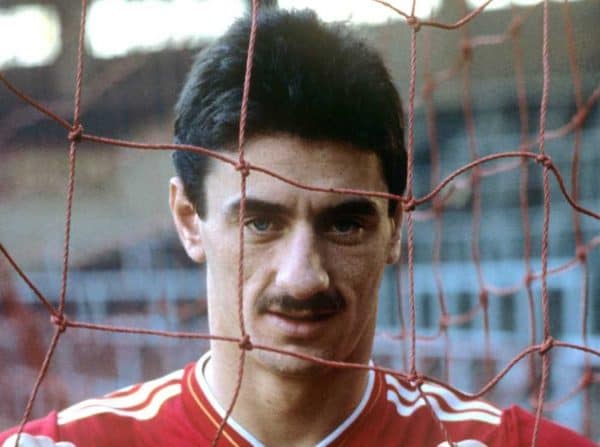
By Christmas, Liverpool were comfortably five points clear at the top of the league. Victories over Watford, Aston Villa, Manchester City, Notts County and Arsenal meant they would welcome in 1983 10 points clear and still chasing four trophies. In his post-match article for The Times, Stuart Jones wrote:
“Those who wish may continue to discuss the destiny of this season’s League title. It may help to fill the odd empty hour and the followers of Manchester United and Nottingham Forest particularly may be eager to keep the subject open. Onlookers who have seen the form of the holders, Liverpool, recently will know better than to argue against what seems inevitable.”
It was only January 3!
Liverpool put Blackburn Rovers and Stoke City to the sword in the 3rd and 4th Rounds of the FA Cup respectively and in February they had reached the League Cup semi-final against Burnley. The Reds would secure their Wembley berth with a 3-0 victory in the first leg at Anfield, and though the Clarets managed a 1-0 win at Turf Moor, Paisley and Liverpool supporters everywhere were dreaming of winning a third successive League Cup.
Before that though, they would face Brighton & Hove Albion and former players, Jimmy Case on the pitch and Jimmy Melia in the dugout, in the FA Cup 5th Round, at Anfield. The Reds had not lost a cup match at home in 63 games, a run stretching back to 1974. Brighton were rock bottom of the First Division. Easy eh? The two Jimmys had other ideas.
The game which took place on February 20, a Sunday. This was the first-ever game to be played at Anfield on a Sunday and it was televised live.
The warning signs for Liverpool were there in the first half and when Brighton took the lead after half-an-hour through Gerry Ryan, an ominous feeling swept through the ground. Those feelings were briefly swept away in the 67th minute when Craig Johnston equalised, only for a former Reds hero to break Liverpool hearts barely a minute later as Jimmy Case raced up the other end to grab what would be the winner in the 68th minute.
There was still time for more drama though. Just four minutes after Case had given the visitors the lead, Liverpool won a penalty at the Kop end. Cries of “Zico!” (Phil Neal’s nickname) filled the air as the player stepped up to take it. The right-back was usually deadly from the spot but this time he missed. Brighton‘s supporters rightly celebrated it like a goal for their own side. It may as well have been. A giant-killing had happened.
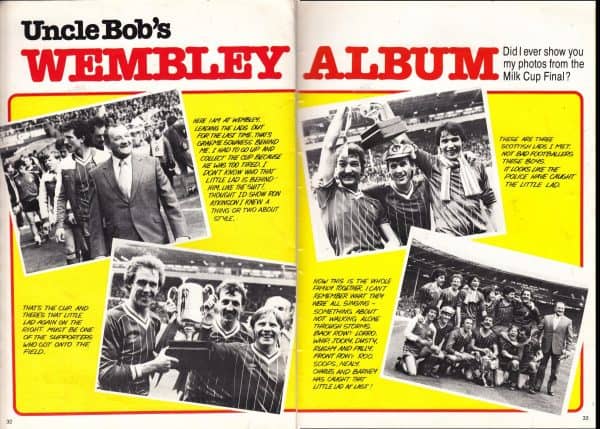
The Reds were out of the FA Cup and would soon crash out of Europe thanks to a 4-3 aggregate defeat to Polish side, Widzew Lodz. It was a blow that added extra spice to the League Cup Final, which would take place ten days later on March 26, against Manchester United.
Liverpool went into the game 16 points clear of United, who were third in the table. However, this was a cup final and with United the opponent, it was a huge occasion. A crowd of over 99,000 took the trip south to see the game at Wembley.
United were chasing their third trophy in 15 years while Paisley was leading his side out in a major final for the 11th time in nine years. However, United’s other cup final win had come in the 1977 FA Cup final against Bob’s Reds. They had won that game 2-1. The scent of revenge was everywhere.
However, Liverpool would have to come from behind if they were to exorcise those ghosts of the past. In the 12th minute, a 22-year-old Norman Whiteside brilliantly turned Alan Hansen on the edge of the 18-yard area and dispatched a great shot past Grobbelaar. United held their lead until the 75th minute, by which time they appeared to be struggling with fitness.
The leveller eventually came when Sammy Lee squared a pass to the advancing Alan Kennedy. The left-back, who supporters called Barney Rubble, had been the hero of Paris when his goal against Real Madrid won Liverpool their third European Cup. He had also scored in the League Cup Final two years earlier against West Ham. He was 25-30 yards from goal when he received the ball but opted to shoot as he saw the United defence backing off.
It was a brilliant strike and flew straight past Gary Bailey and into the net. The Liverpool ended erupted in relief as much as in joy. The game was now heading for 30 minutes of extra-time that the United players didn’t have the legs for, during which Ronnie Whelan would score a goal fit to win any cup final.
Eight minutes into the first half of extra-time, Whelan found himself on the edge of the Manchester 18-yard box. He hit an attempted pass against the legs of the defender but when the ball came back to him, the young Irishman whipped a delightful curling effort into the top corner, past the outstretched hand of Bailey. The Cup was won. It was Liverpool’s third League Cup in a row, and the victory was all the sweeter because of the opponent.
The first trophy of the season was in the bag, and all that was left was for captain Graeme Souness to climb those steps to collect it. What he did though was both an act of sheer class and a fitting tribute to the greatest manager in the history of the English game, Bob Paisley. Souness refused to go first and instead, along with the rest of the team, persuaded Bob to receive the cup on behalf of his players. As he climbed the steps, scarves were draped around his shoulders and adoring fans patted him on the back.
This would be Bob’s last cup final as manager, but he still had a league title to win. He would manage that despite a 2-0 defeat to Spurs at White Hart Lane on April 30, 1983. The only team that could theoretically catch Liverpool before the game was United. However, their draw to Norwich handed the Reds their second successive league championship and 14th overall. It was Bob’s sixth in nine years. An incredible achievement by a truly wonderful man.
Liverpool, 1982/83
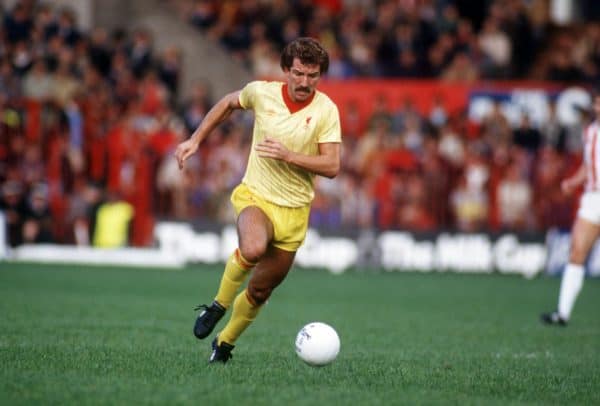
Manager: Bob Paisley
Captain: Graeme Souness
Top Scorer: Ian Rush (31, all competitions)
Most Appearances: Bruce Grobbelaar, Alan Kennedy, Phil Neal (60, all competitions)
League Position: 1st (82 points)
FA Cup: Fifth Round
League Cup: Winners
European Cup: Quarter-Final
Total games: 60
Games won: 38
Games drawn: 10
Games lost: 12
Clean sheets – league: 19
Clean sheets – overall: 27
Total goals: 120
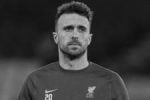
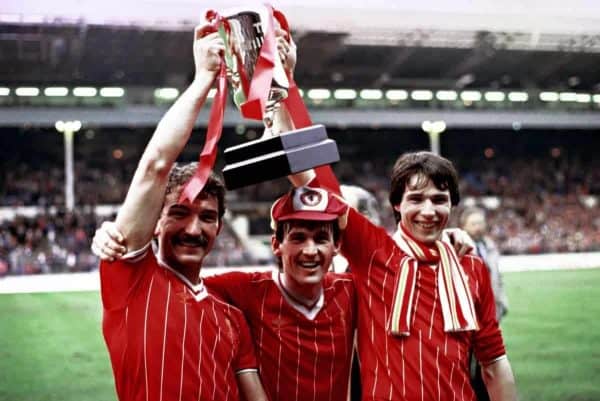


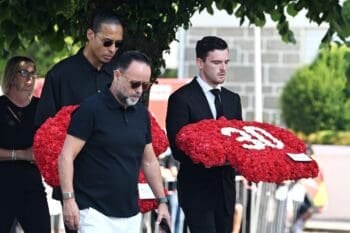
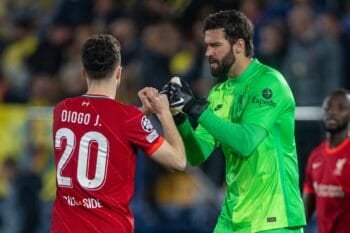
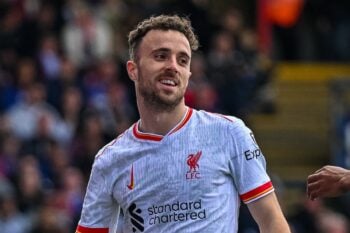
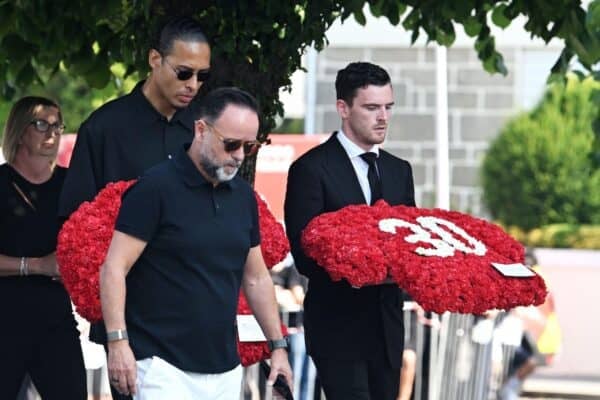
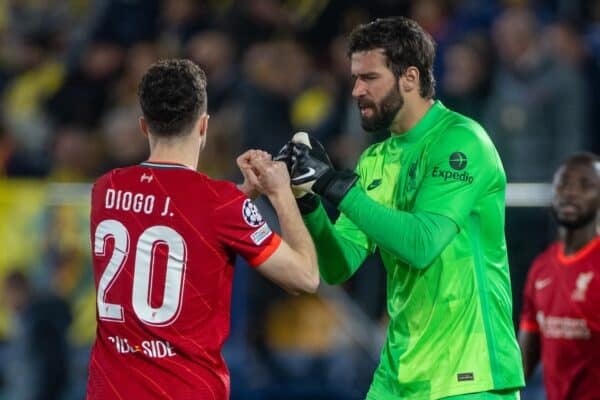
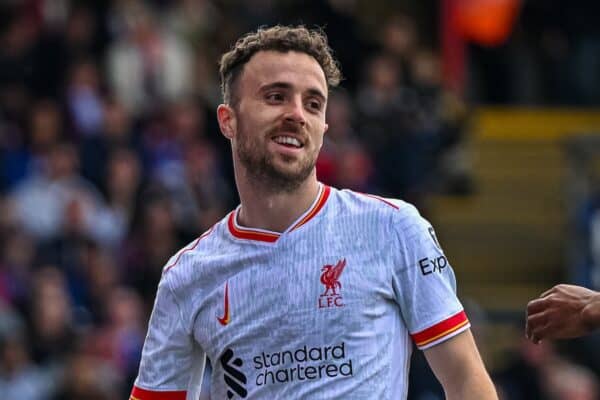
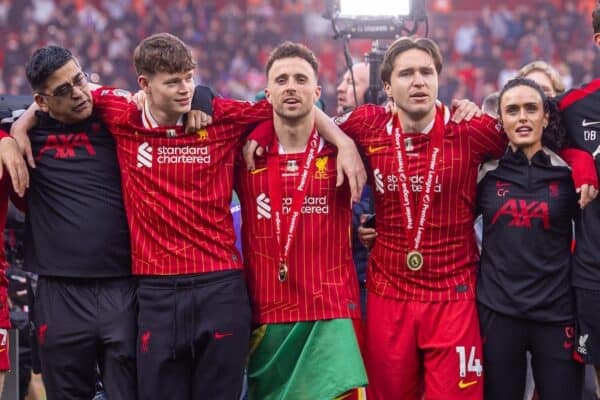
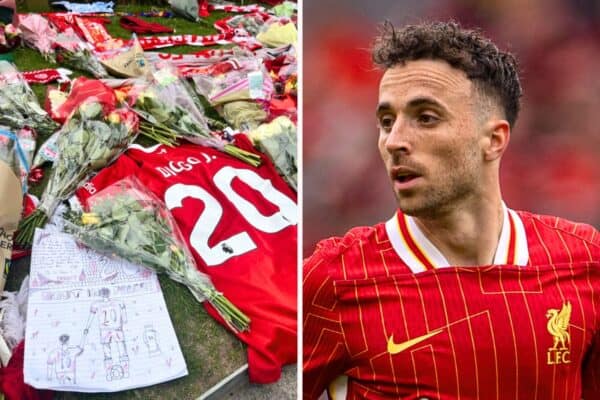
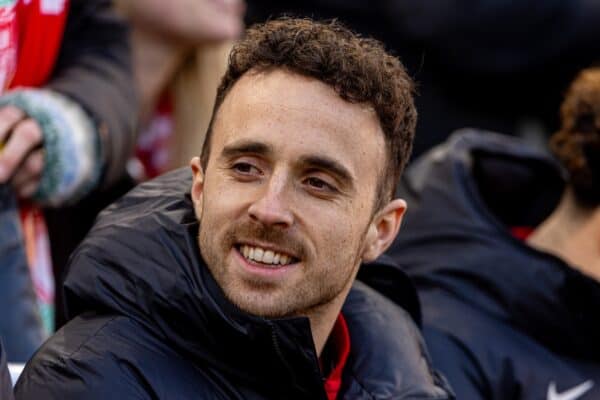
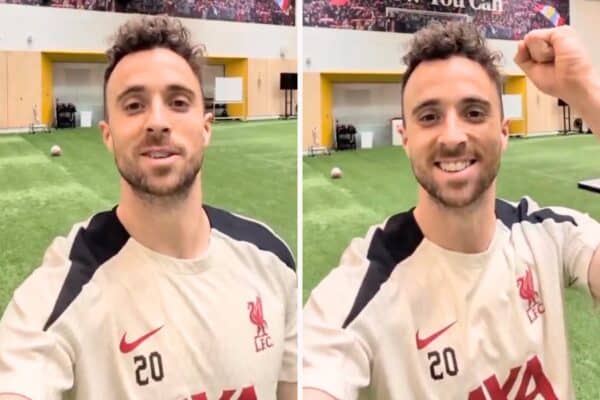
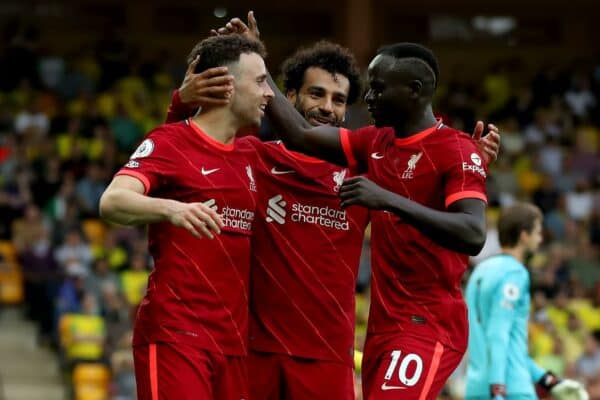



Fan Comments